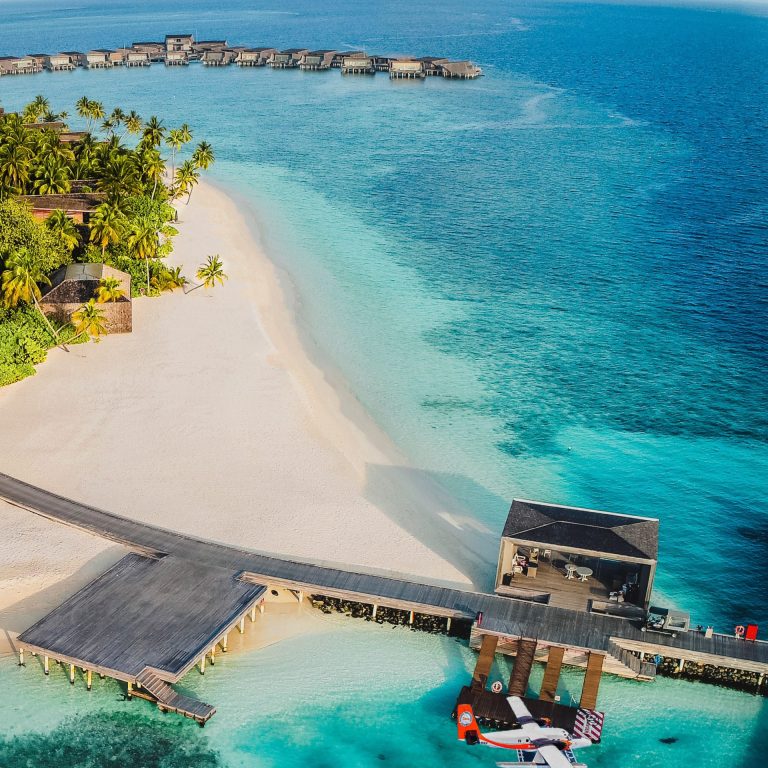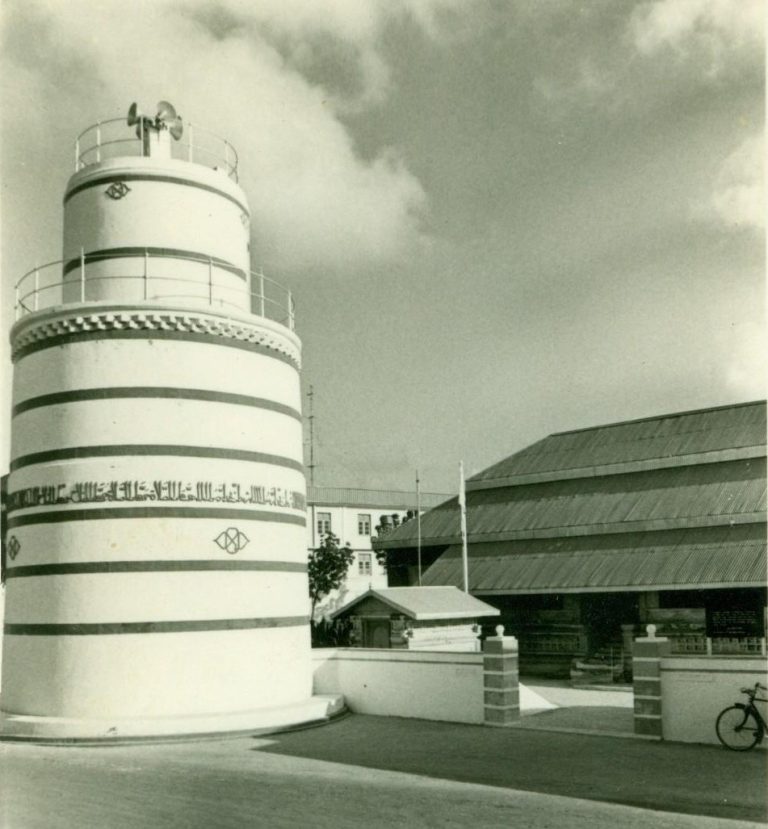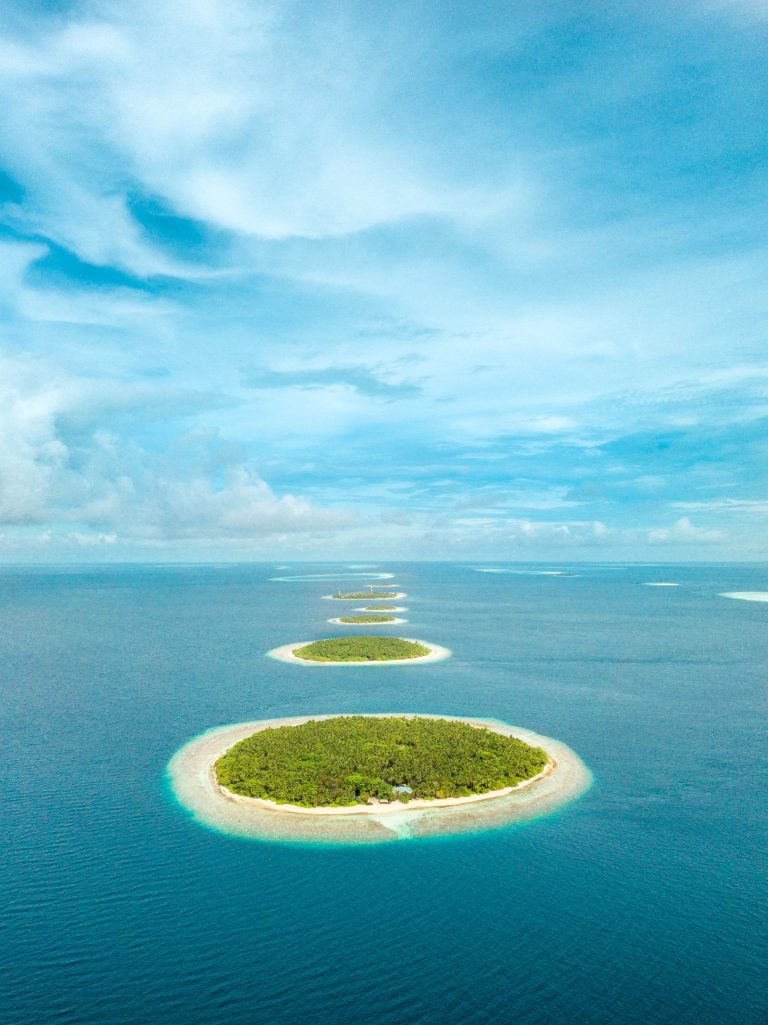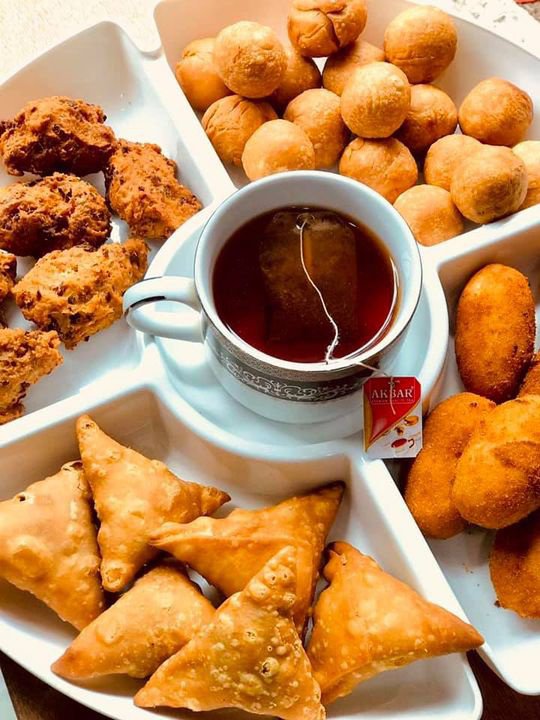



Since the Maldives is almost 99% sea, fish (mainly tuna) is the most important staple. The cuisine found in the island nation is a mix of Arabic, Indian, Sri Lankan, and East Asian influences. But the tourist resorts scattered throughout the islands offer diverse international menus, so it’s entirely possible to eat your way around the world while staying in luxury at one of these resorts. Sample Japanese teppanyaki, fine Italian cuisine, the spicy flavours of India and Thailand, traditional Chinese, fine upscale dining, or just a casual snack. Seafood plays a starring role, regardless of how it’s prepared, but those who prefer their food to come from dry land will still have plenty of options.
Coconut is another major part of many dishes in the Maldives and can be served in grated form, as milk, or as coconut oil which is used to deep fry foods. Maldivians use coconuts in almost all of their dishes, varying from the savory to the sweet. Favourite fish include Skipjack, Snappers, Yellow-fin tuna, Groupers and Mahi mahis.
Maldivian breakfast consists of tea, flatbread (Roshi) and curries and omelettes. ‘Mashuni’, a mix of tuna, scraped coconut, onions and spices is one of the most popular breakfast dishes.
Lunch and dinner typically consists of ‘Garudhiya’ or curries eaten alongside white rice or roshi.
It is customary to have short eats, known as ‘Hedhika’ along with tea at late afternoon. Maldivians make a variety of sweet and savory hedhika.
